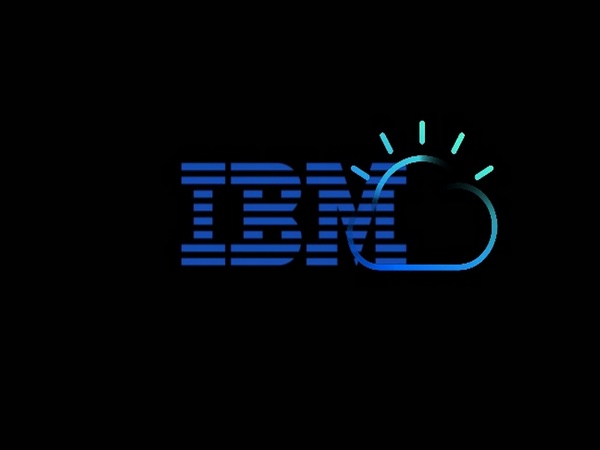IBM expands global cloud footprint with new Multizone Region in Brazil
IBM Cloud Multizone Regions -composed of three or more data center zones with each being an Availability Zone - are designed in a way that a single failure event can affect only a single data center rather than all zones, allowing clients to continuously run mission-critical workloads to keep business up and running.

- Country:
- Brazil
IBM on Thursday announced the opening of its first IBM Cloud Multizone Region (MZR) in Brazil to accelerate hybrid cloud adoption and help foster business growth in Latin America.
The latest Multizone Region in Brazil builds on IBM's existing data center footprint in the country and marks the company's commitment to help its clients deploy mission-critical workloads with high levels of security and resilience. Clients hosting workloads on IBM Cloud will be able to use IBM Cloud's industry-leading confidential computing capabilities delivered with IBM Hyper Protect Crypto Services and backed by the highest level of security certification.
IBM Cloud Multizone Regions -composed of three or more data center zones with each being an Availability Zone - are designed in a way that a single failure event can affect only a single data center rather than all zones, allowing clients to continuously run mission-critical workloads to keep business up and running.
"Following the openings of Toronto and Osaka MZRs just last year, IBM's expanded presence in Brazil is designed to deliver our clients high levels of security and reliability, so they can advance in their journey to cloud – all in a way that supports sustainability goals while thriving in a digital era advancing to the future," said Harish Grama, General Manager, IBM Cloud.
Besides helping businesses scale and protect critical data, IBM is also helping prepare for a sustainable future by minimizing carbon footprint from data centers. Recently, the company announced that it will achieve net-zero greenhouse gas emissions by 2030 by prioritizing actual reductions in its emissions, energy efficiency efforts and increased clean energy use across the more than 175 countries where it operates.










